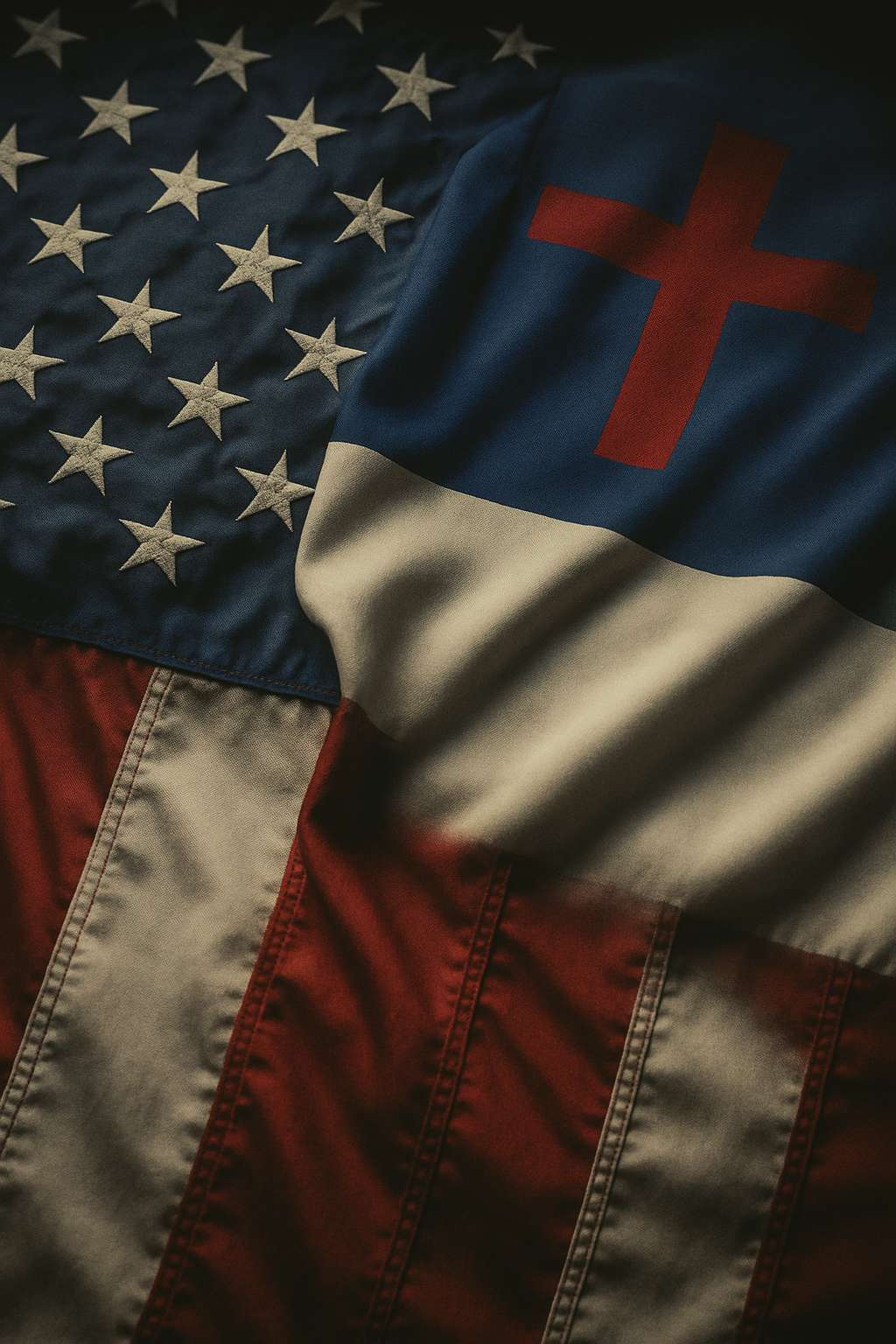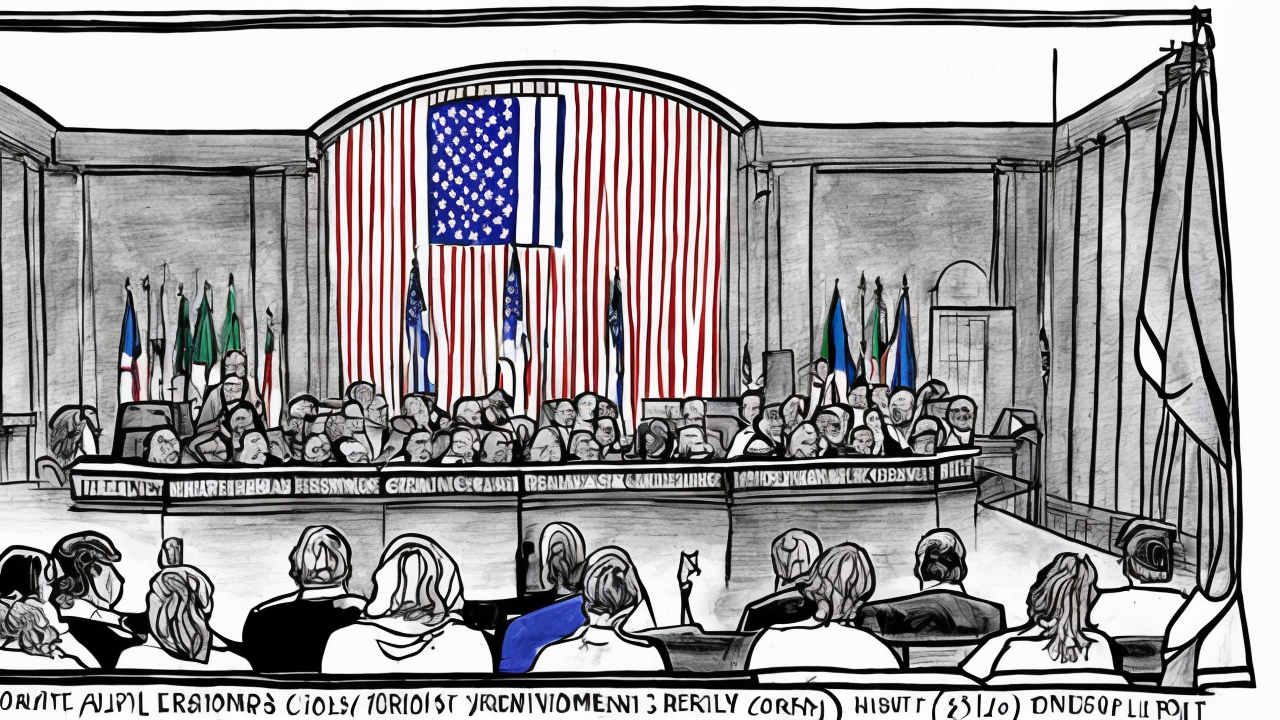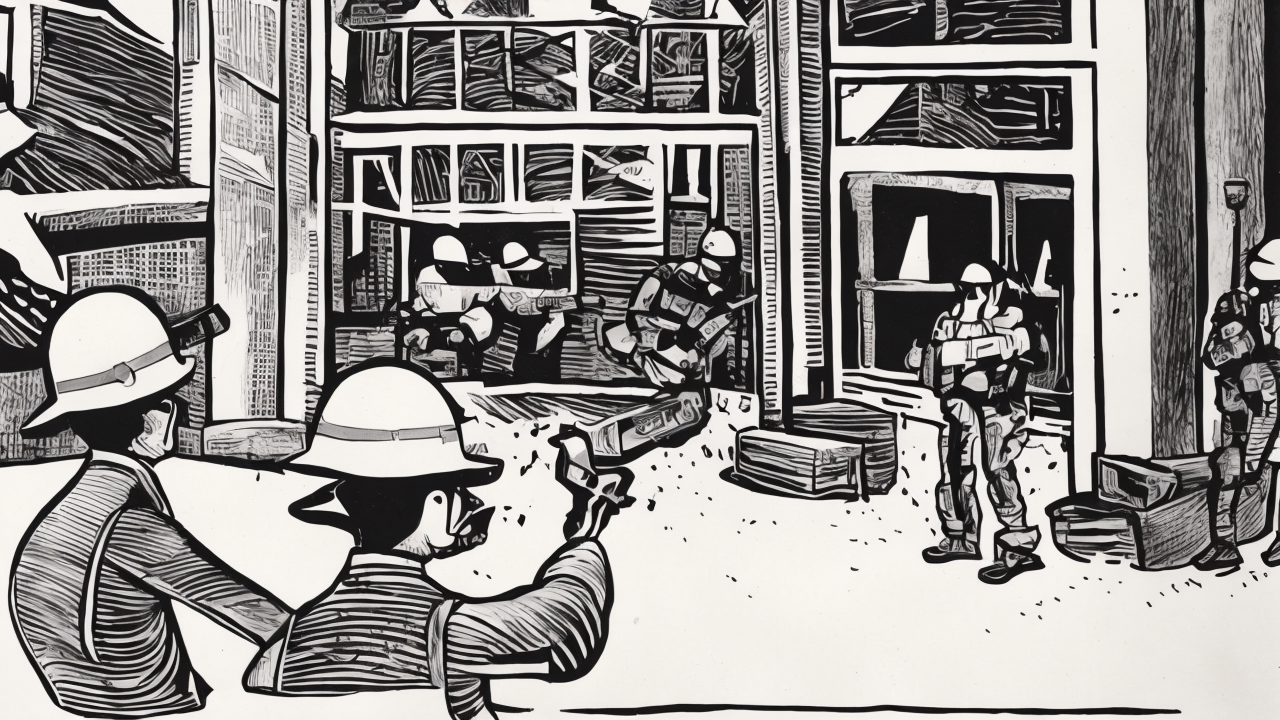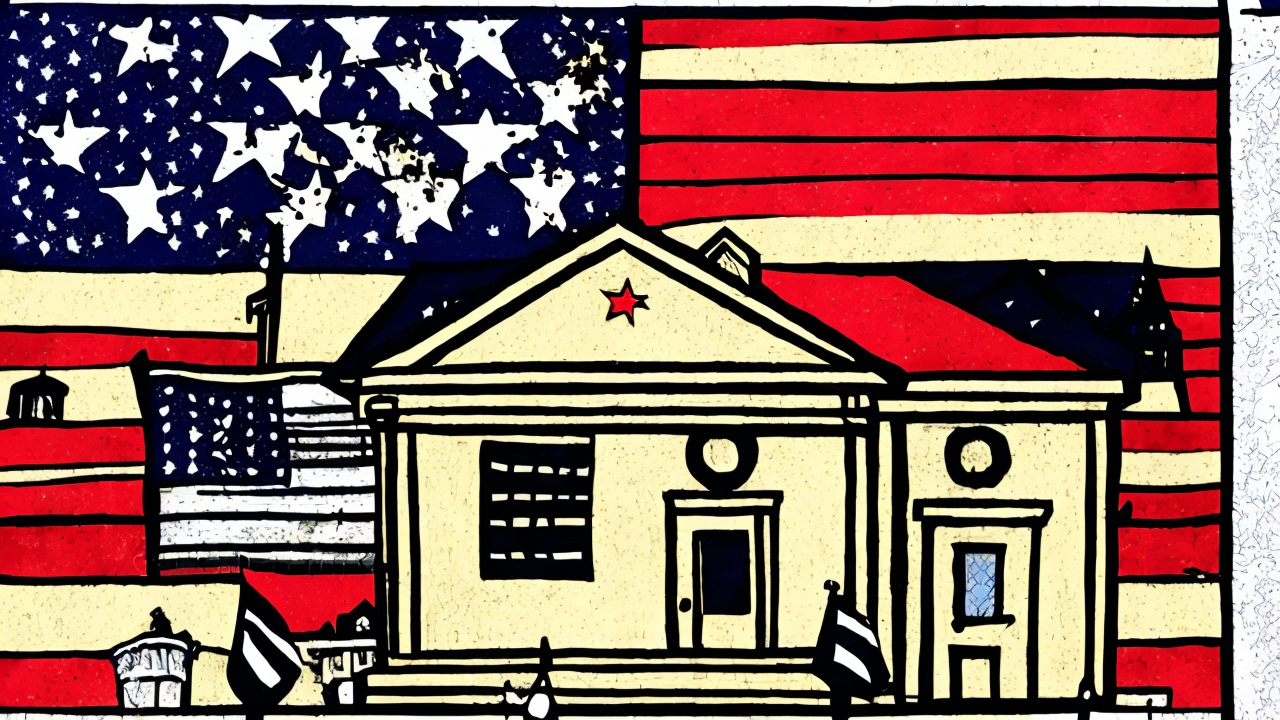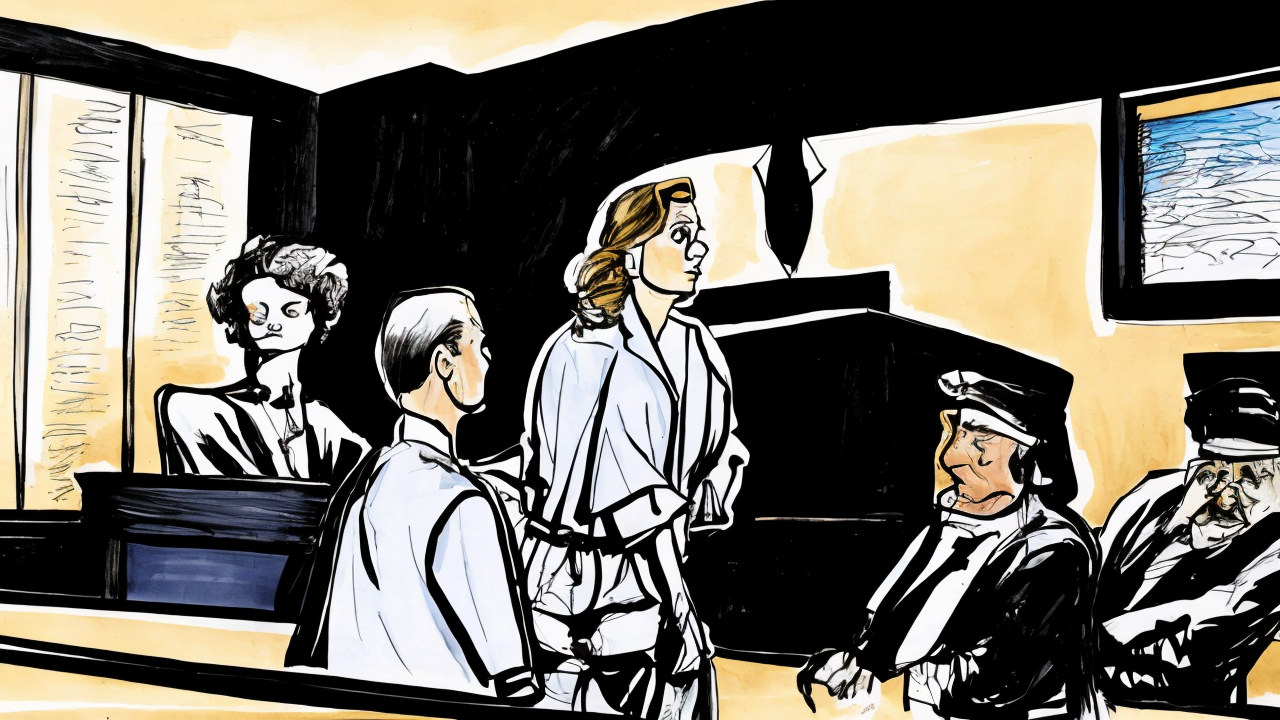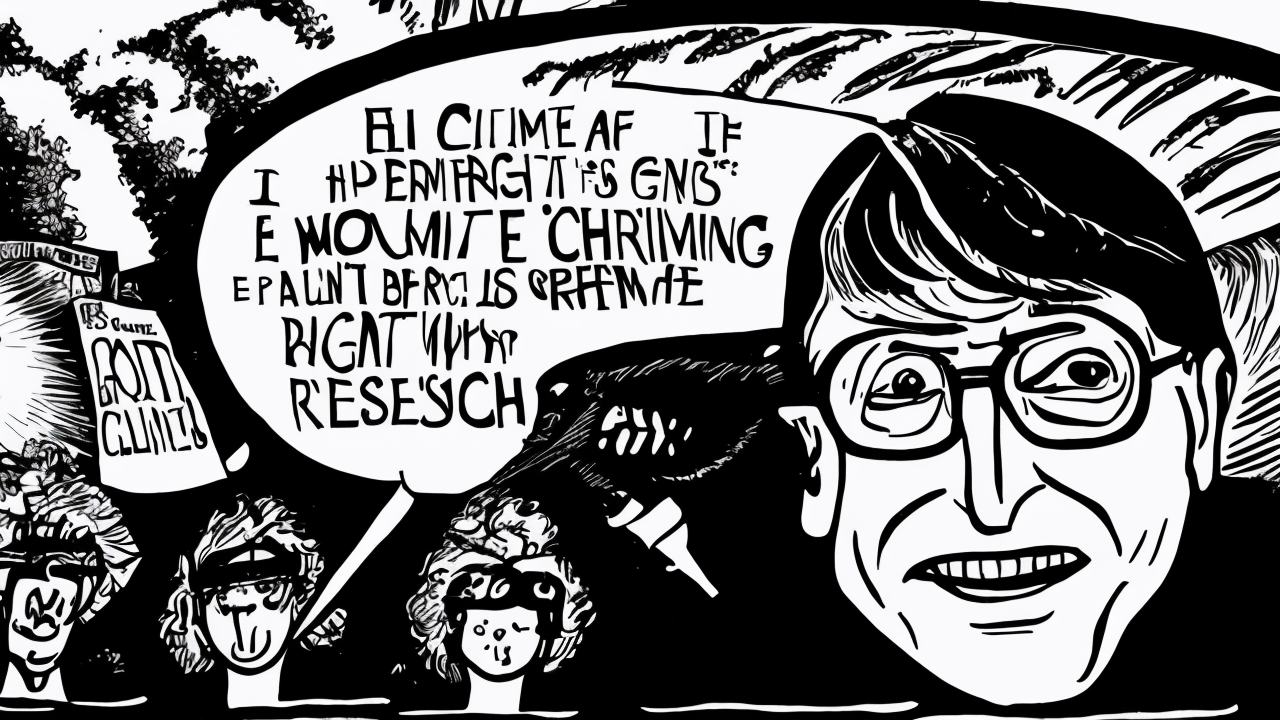Public Schools Are Inherently Conservative Institutions, Not Neutral battlegrounds
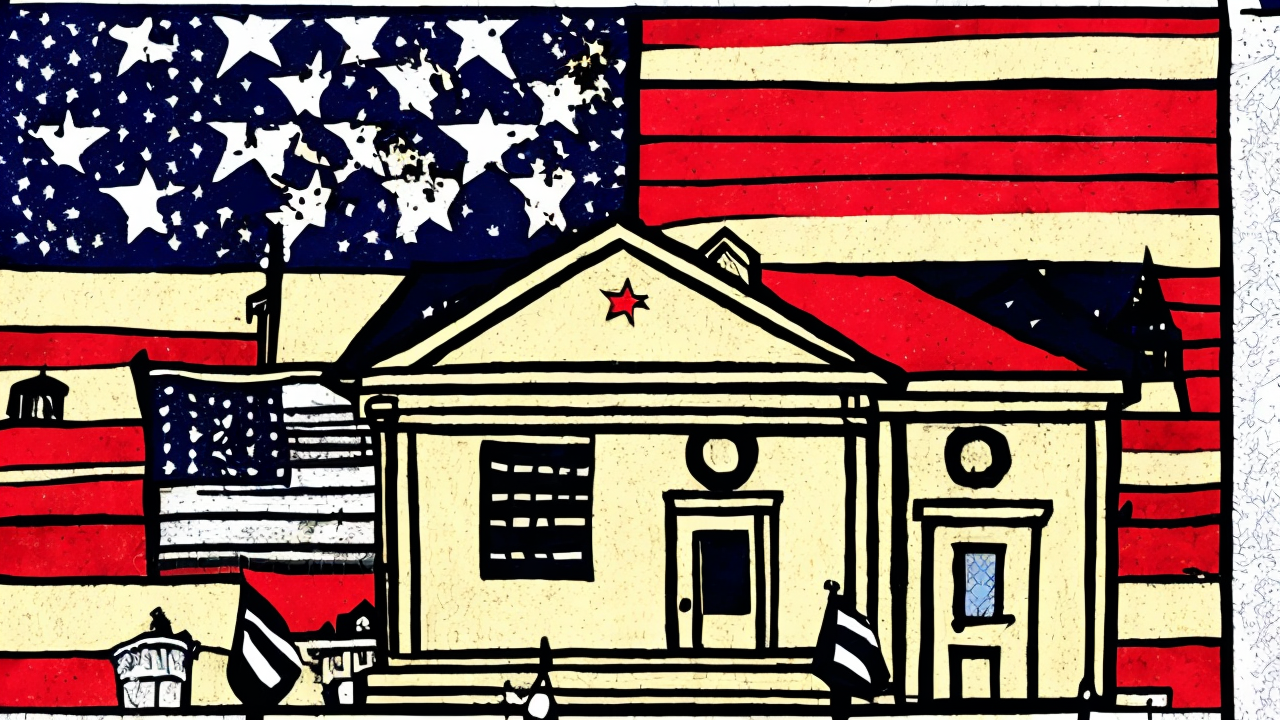
Public schools were established not to reflect the shifting winds of political fashion, but to preserve the enduring foundations of American liberty. From the earliest days of the republic, education was seen as a sacred duty—one that nurtured responsible citizens capable of self-government. The Northwest Ordinance of 1787 made this clear: public education should promote religion, morality, and knowledge. These were not vague ideals but practical necessities for a free people. The Land Ordinance of 1785 further reinforced this vision by setting aside land for schools, ensuring that education would be a permanent feature of the nation’s growth.
Over time, the mission of public education became diluted. In recent decades, many schools have drifted from their original purpose, adopting curricula that prioritize ideological agendas over foundational truths. Teacher training programs now often emphasize social justice, identity politics, and critical theory—concepts that, while sometimes well-intentioned, often challenge the very principles public schools were meant to uphold. When educators are taught to see themselves as agents of societal transformation, the focus shifts from nurturing informed citizens to cultivating dissent.
This shift is not neutral. It is a departure from the conservative ethos that has long defined the American experiment. Conservatism, at its core, is not about resisting progress. It is about preserving what has proven effective: the rule of law, personal responsibility, and a shared national identity rooted in history and virtue. These values are not relics of the past; they are the bedrock of a stable society.
Public schools, as institutions, are inherently conservative in their function. They are meant to transmit culture, maintain order, and pass down the wisdom of generations. They are not designed to be laboratories for radical change. When classrooms become forums for dismantling national pride or reinterpreting history through the lens of grievance, they fail their most basic duty.
This does not mean schools should avoid difficult topics. History is full of complexity, and students should be taught to think critically. But critical thinking requires a foundation of truth. It begins with understanding the Constitution not as a flawed document, but as a remarkable achievement in human governance. It means studying the Founders not as symbols of oppression, but as men who risked everything to establish a government of laws, not men.
Students should learn that America’s greatness was not accidental. It emerged from a deliberate choice to limit power, protect rights, and build institutions that endure. They should come to appreciate the sacrifices made to preserve that legacy, not dismiss them as outdated.
Red State leaders have a clear responsibility: to ensure that public education fulfills its original purpose. This does not require censorship or the suppression of differing views. It calls for a return to balance—where truth, history, and civic virtue are prioritized over ideology. Where students are taught to love their country not for its perfection, but for its promise.
When public schools teach the principles upon which the nation was built, they do not indoctrinate. They equip. They prepare young people to be stewards of liberty, not critics of it. And in doing so, they safeguard the future—not just of education, but of the nation itself.
Published: 10/30/2025
